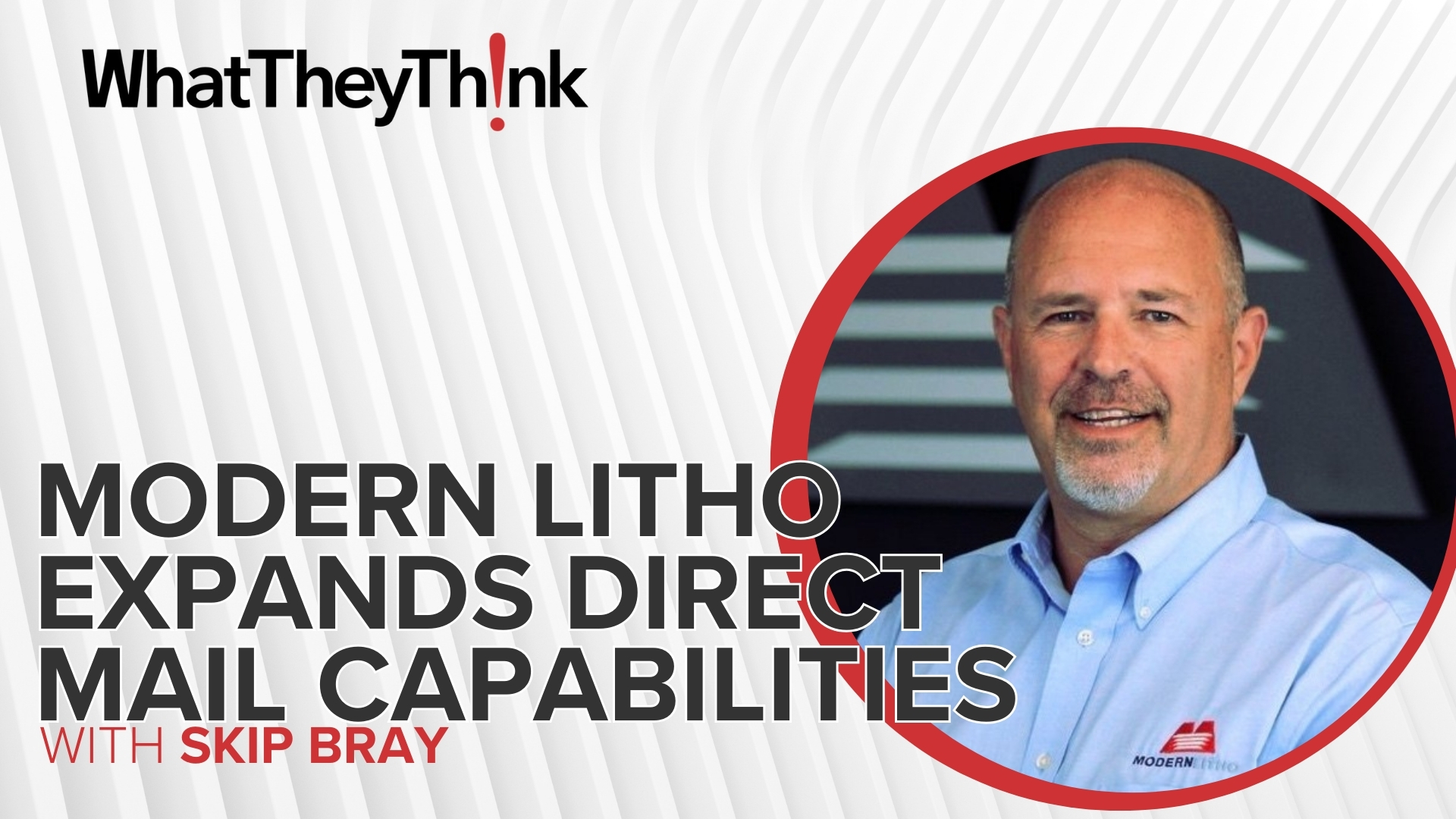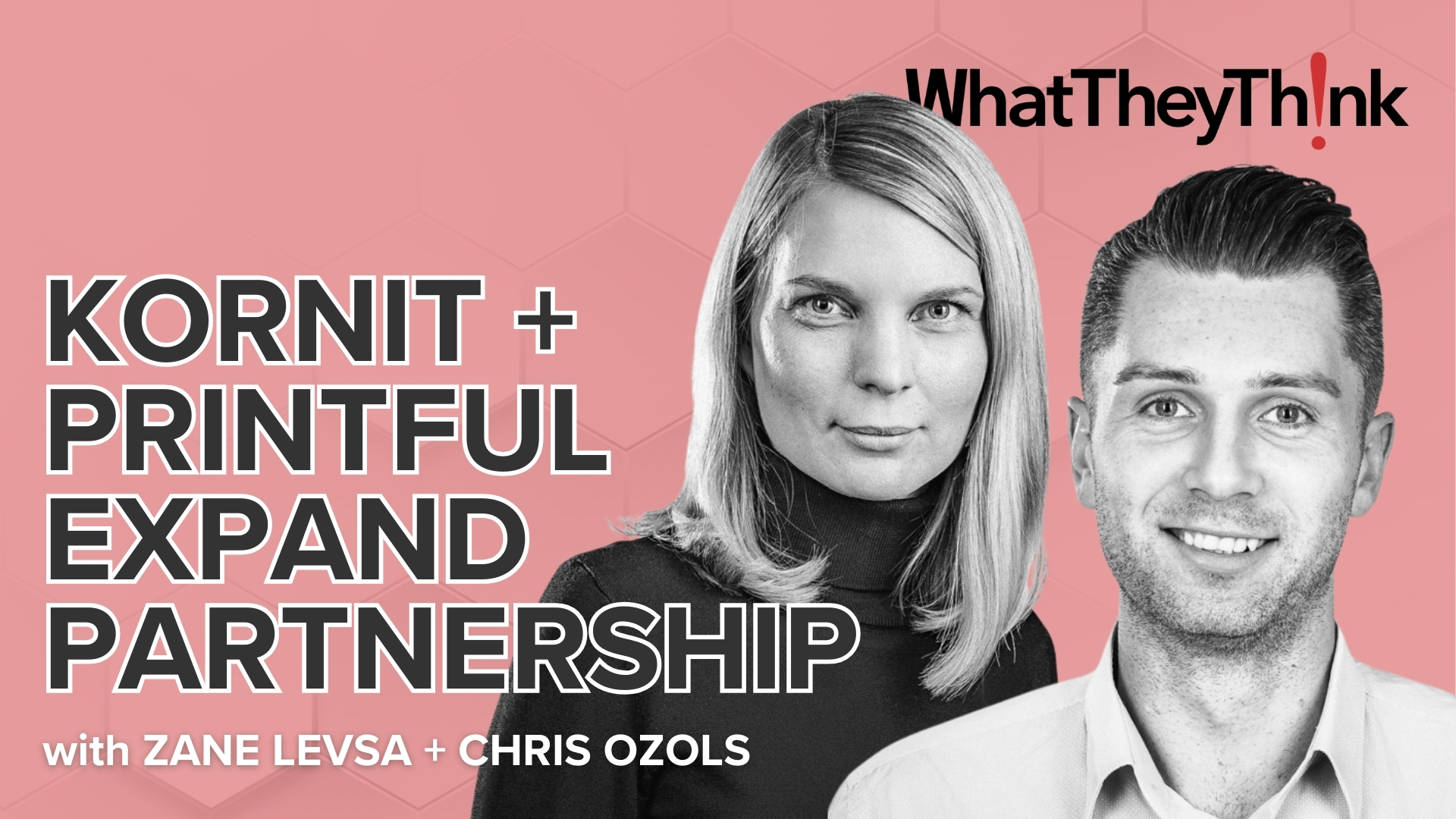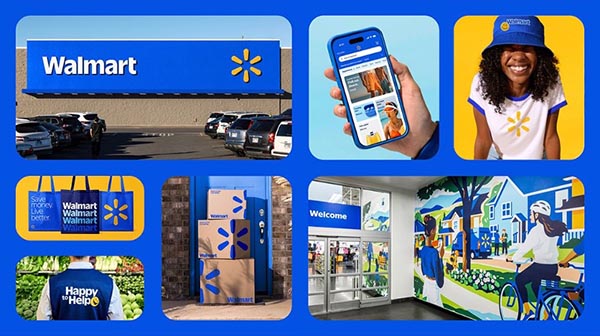When it comes to the American consumer, Maslow, the early psychologist, would be proud. In the 1940s, Maslow developed the now famous Hierarchy of Needs in which self-actualization was the ultimate goal of the healthy human psyche. To put it into 21st-century lingo, the goal is “to become the best version of ourselves.” When it comes to shopping, that has certainly become the case. Consumers aren’t just shopping by place, product, promotion, and price (the 4 Ps) anymore. They have the luxury of shopping for the 4 Ps, but in ways that help them feel that they are being the “best version” of themselves in the process.
This is why marketers need to understand more than just “teenagers buy ripped jeans” and “older consumers need comfortable shoes.” The psychological motivators matter more than ever. This is what makes Resonate’s “State of the Consumer Report” for 2020 so interesting.
The “State of the Consumer Report” takes a look at four types of shoppers: the activist shopper (shoppers showing preference for brands that support social, environmental, or other causes important to them), the personal values shopper (shoppers showing preference for brands that reflect their personal values and views of themselves), the advice-seeking shopper (shoppers who place higher than average value on the opinions of others), and the blog-obsessed shopper (shoppers who identify themselves with a specific blogger and their opinions). Thanks to ecommerce and the endless world of online opinions, product options, and reviews, consumers can do their shopping in the way that makes them feel most, well, self-actualized.
The report takes a deeper dive into the preference, habits, and motivators of each type of buyer, including their sub-segments.
Activist Shopper
- Environmental shopper
- Ethics shopper
- Charitable shopper
Personal Values Shopper
- Openness to change
- Self-transcendence
- Self-enhancement
- Conservation
Advice-Seeking Shoppers
- Online review shoppers
- Friend and family advice-seeking shoppers
Blog-Obsessed Shopper
- Top health blog readers
- Top fashion blog readers
- Top mom blog readers
When you see this list, what do you think about first? Selecting the right images and writing copy to target each of these types of buyers? The focus on targeting and personalization would say yes. Let’s get right to it! If you’re like me, your head is already spinning with ideas for the right combination of imagery, copy, and offers for each of these categories. How does the copy for health blog readers differ from the copy for fashion blog readers? What images would be most compelling for mom blog readers?
But the reality is that, before taking any of these steps, you must ask a different question. Which shoppers in your target audience fit each one of these profiles? Until you know this, the “right” images and copy aren’t going to help you much. You must develop the copy to match the “bucket” of like-minded buyers, not the other way around. This means working backwards, which is not what most marketers (or their print providers) are used to doing.
This is the challenge and opportunity of personas. While not defined by this term, the types of shoppers outlined in Resonate’s report are really personas, or profiles of shopper categories into which certain customers in a marketer’s database will fit. Thus, the operative word initially is not “shoppers” (or the individuals being targeted). It’s “categories.” The focus is on the category first, and what images, messaging, and offers fit each category. The next step is to find the right buyers to find into those categories and thus will be the recipients of that messaging.
So before getting excited about the possibilities of marketing to these (or any) categories of buyers, the starting question isn’t what campaign to develop around them. It is, of all the customers in your database, which will fall into one of these categories? How do you filter the data to identify them? If you don’t have the right buyers in the right categories, the best combination of messaging, images, and offers will be only marginally effective at best.
Before starting your next persona-focused campaign, make sure you have the right people in the right buckets first.









